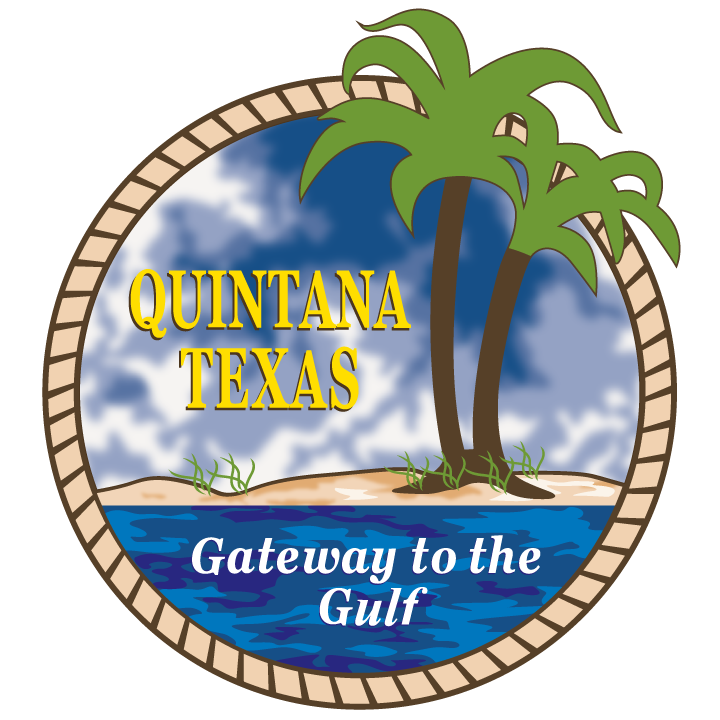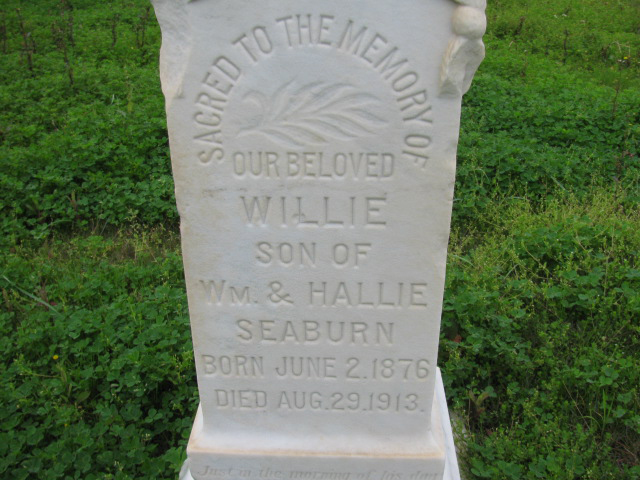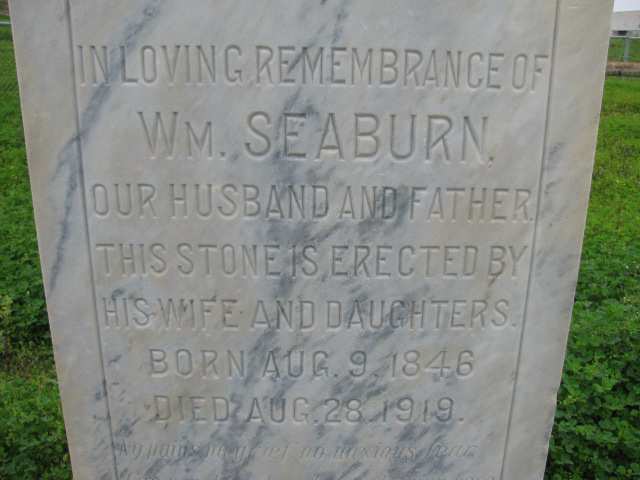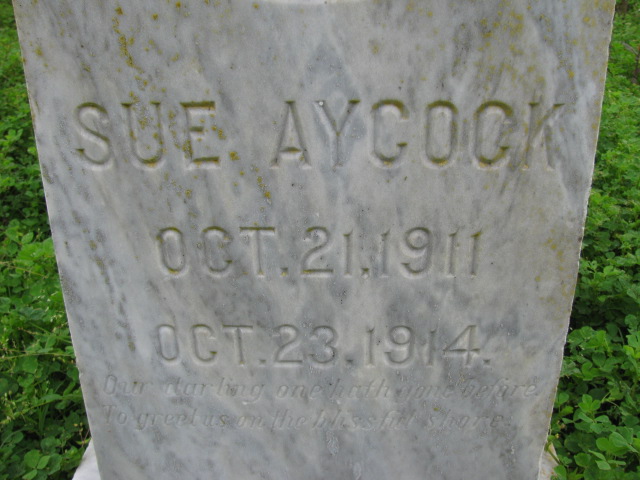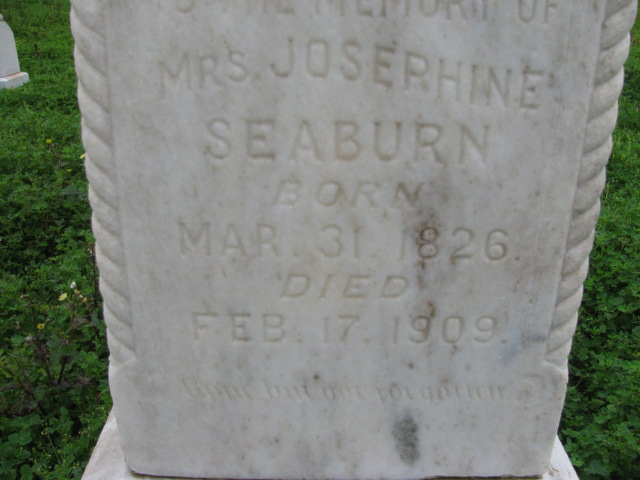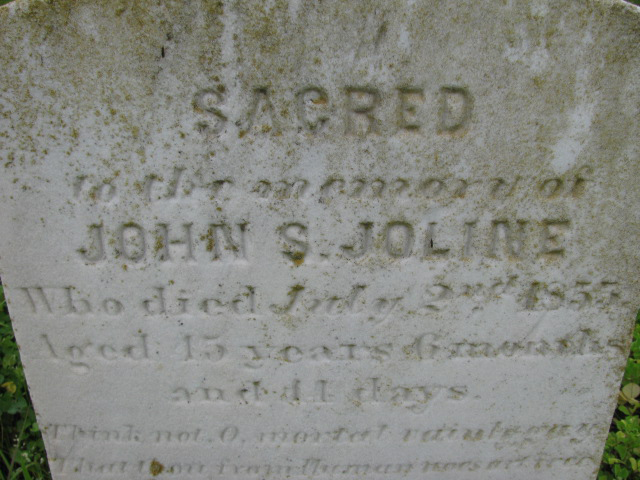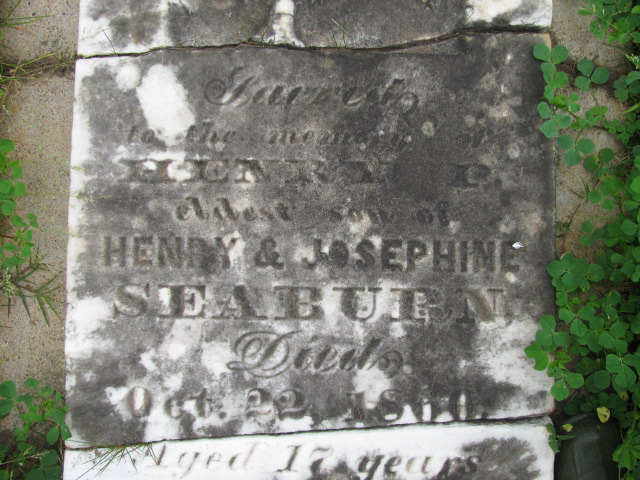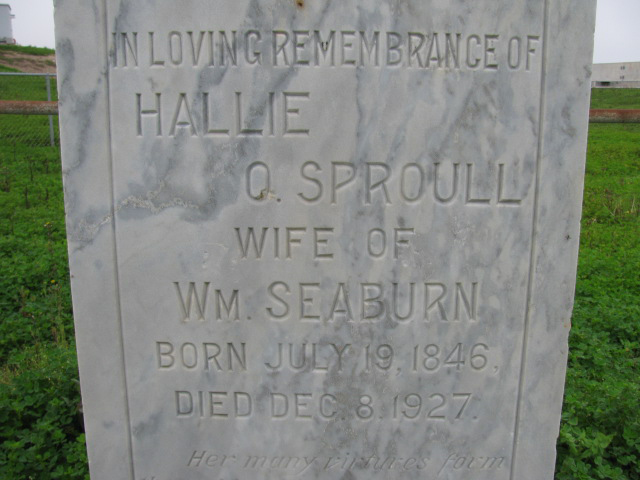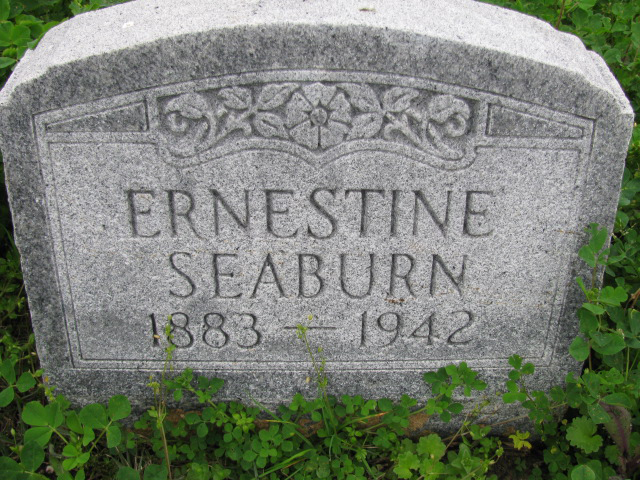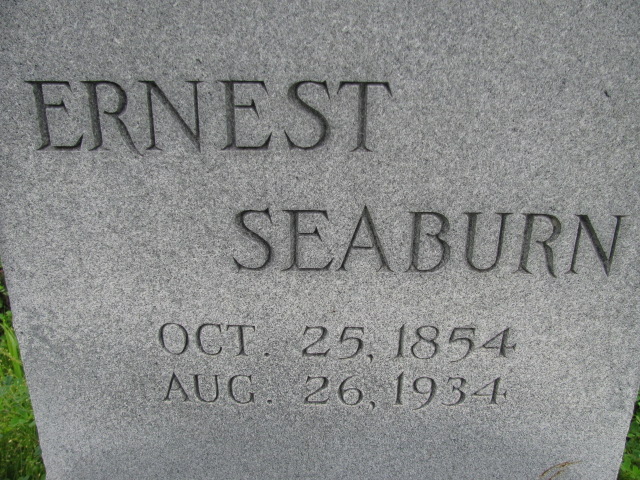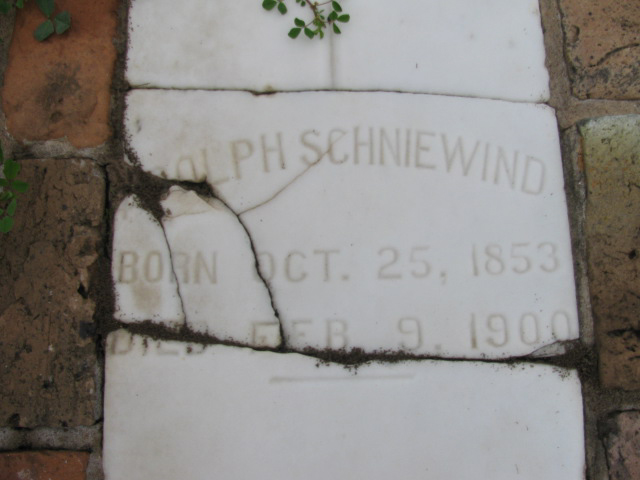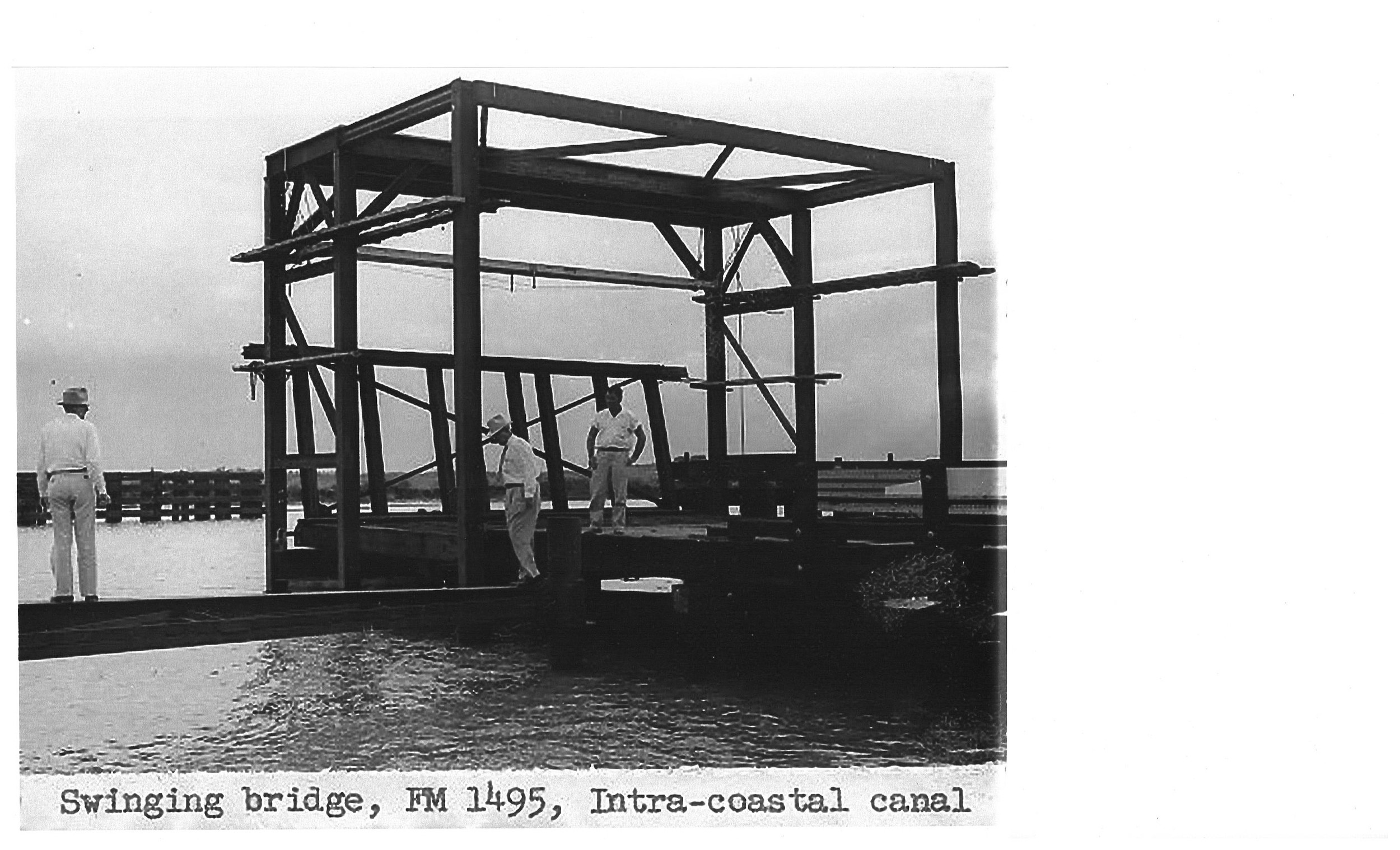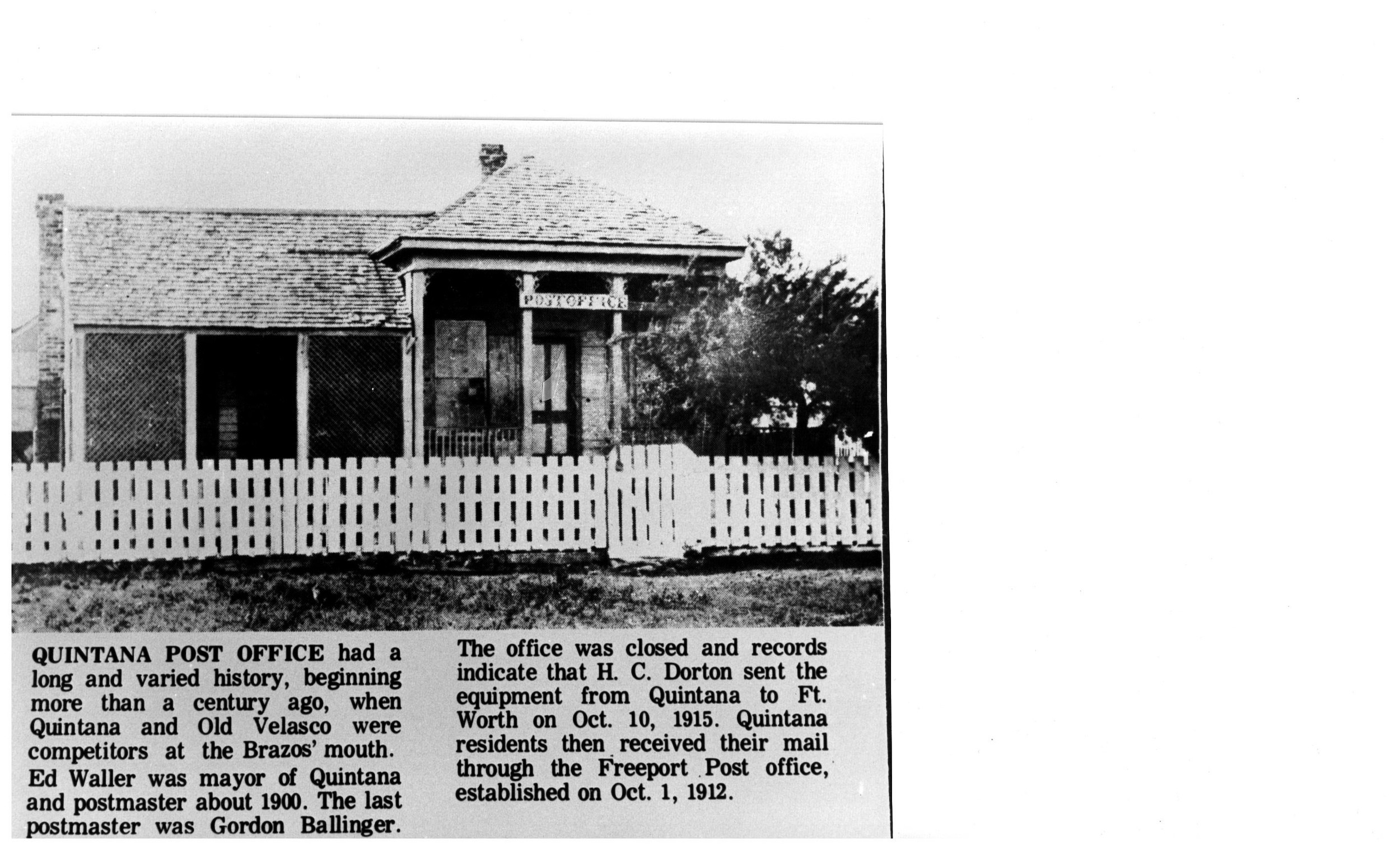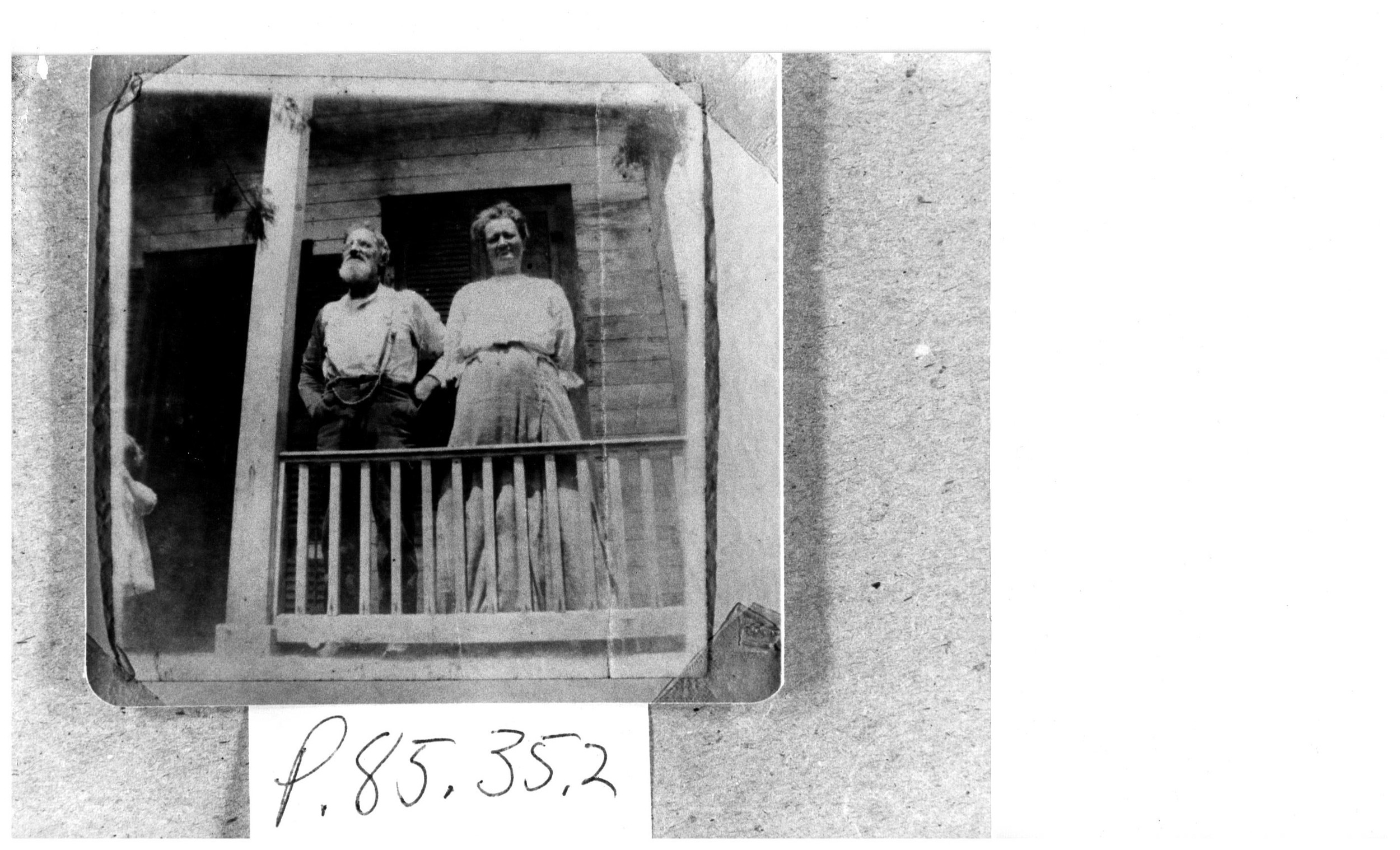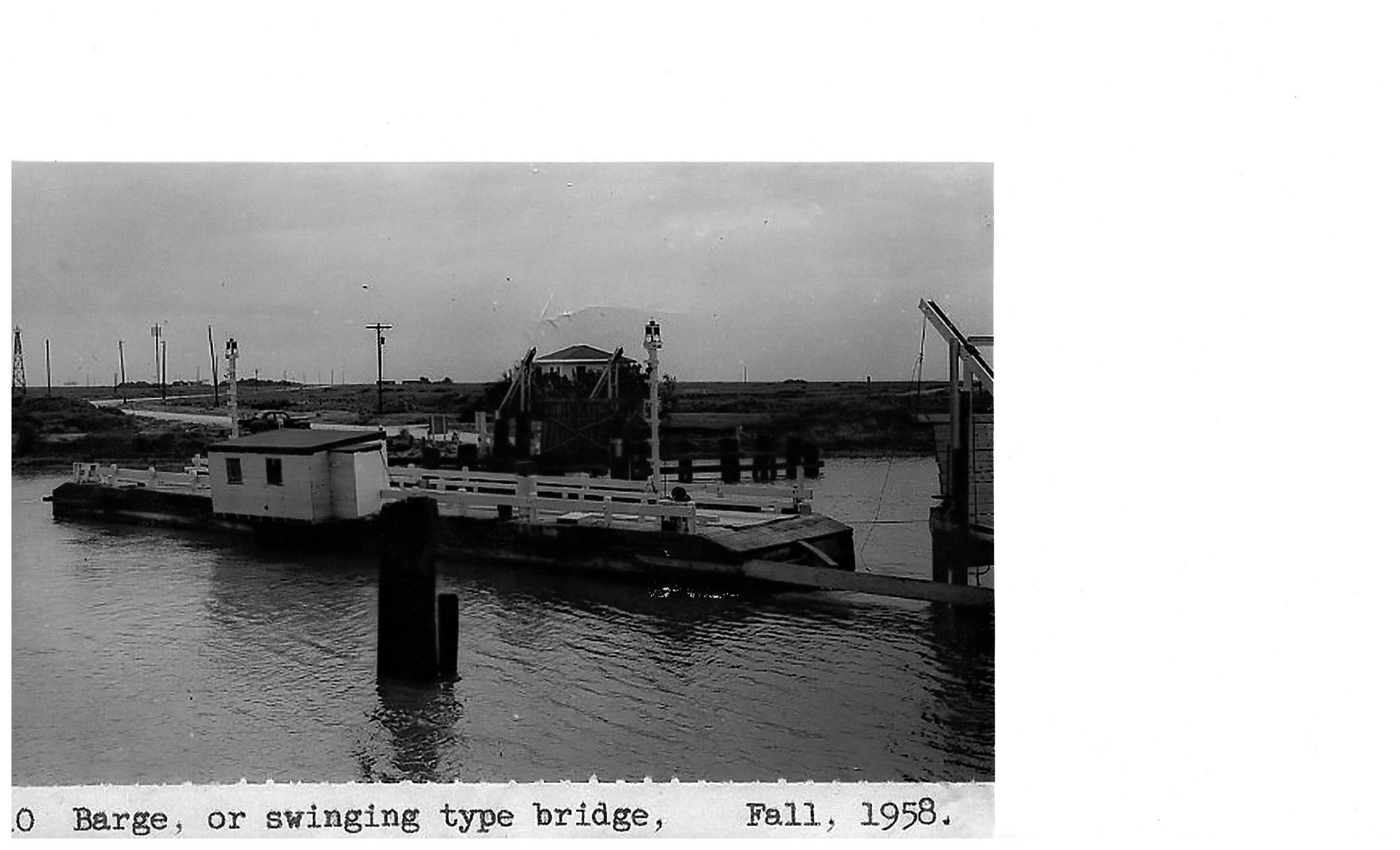About the Town of Quintana
Quintana’s history dates back to 1528 when Spanish survivors of the Navarez Expedition, a search party looking for Montezuma’s gold, were adrift and dying of thirst when they noticed a current of muddy water flowing into the Gulf. The water was drinkable – “fresh water from the sea” they said and followed the current to the mouth of the river calling it Los Brazos de Dios, the Arms of God.
Stephen F. Austin’s colonists landed the Lively here in 1821. Austin was commissioned to lay the town out in 1833 and named it after General Andreas Quintana, deputy minister of Mexican Foreign and Internal affairs, who was sympathetic to Austin’s efforts to colonize the area.
Quintana prospered with a dry goods warehouse, meat market, school, hotel, grocery store and post office. It became a popular resort for plantation owners who built huge summer homes on the beach.
During the last decade of the nineteenth century the population increased dramatically as a result of work on the harbor and jetties and other improvements related to a deep-water port. In 1891 residents voted thirty-seven to nineteen to incorporate the town and authorize the election of a mayor, a marshal and five alderman as officers of the city.
But during the last 100 years, six hurricanes leveled nearly every structure and at least two major outbreaks of yellow fever and cholera kept it’s population in check. The hurricane of 1915 turned Quintana into a ghost town.
During WWII, the Gun Mounds at the base of shipping canal, which are now within the County Park, were erected to protect Dow’s Magnesium plant. Guns were placed atop the mounds to protect the defense plant from aircraft, warships and submarines.
With the jetty’s intact, it was possible to maintain dredged water depths, opening the way for modern shipping.
The discovery of sulphur nearby paved the way for the first of the local chemical industries. But flooding of the river could no longer be tolerated and in 1929 The Corps of Engineers dug a new channel to the Gulf and the old river was sealed three miles above the mouth. At about the same time the Intracoastal Waterway was also completed, turning Quintana into a man-made island.
Today, the island is home to about 100 permanent residents.
